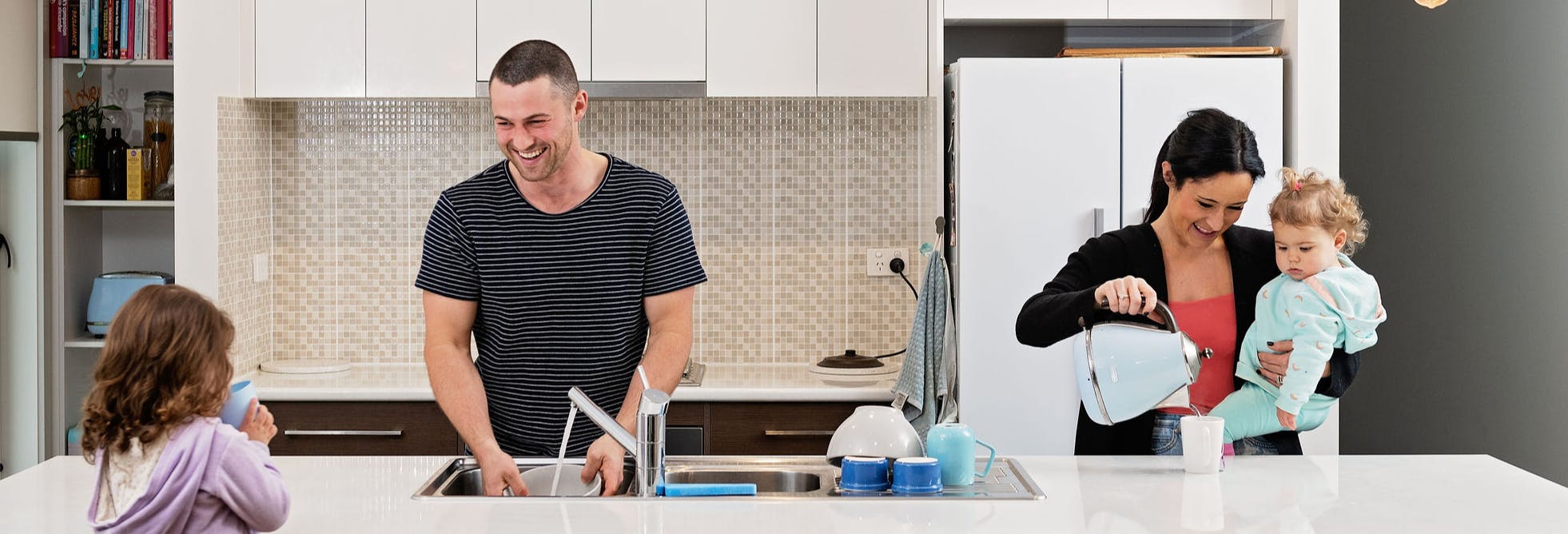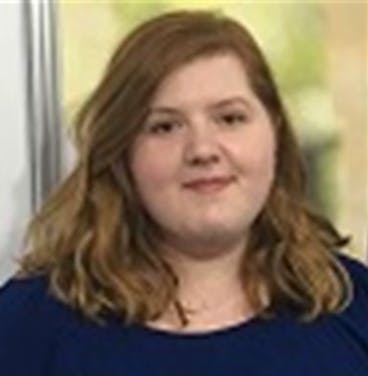Improving water on the Fleurieu Peninsula
Consultation has concluded
Changes have been made to improve the quality of drinking water supplies to our customers across the Fleurieu Peninsula.
This change applied to homes and businesses in and surrounding:  Your water is sourced from Myponga Reservoir
Your water is sourced from Myponga Reservoir
- Victor Harbor and Encounter Bay, McCracken, Hayborough, Chiton and Hindmarsh Valley.
- Port Elliot, Middleton, Goolwa and Hindmarsh Island
- Willunga, Sellicks Beach and parts of Aldinga Beach and Sellicks Hill.
Your tap water is sourced from the Myponga Reservoir and is cleaned, filtered and disinfected before reaching your tap. Previously, we use chlorine to disinfect the water to destroy any bacteria, pathogens or other micro-organisms that may not have been removed in earlier filtration stages. These can be present in raw water and can cause illness if consumed.
From 1 December 2021 we changed the disinfection process from chlorination to chloramination.
This change was made to overcome water quality challenges due to source water and long pipelines in the region and follows a similar change for residents of Myponga in late 2018 and Normanville, Carrickalinga and Yankalilla in the first half of last year.
In South Australia, drinking water has been safely disinfected with chloramine since the 1980s. About 220,000 people across the state currently receive chloraminated water, including Milang, Clayton Bay, Strathalbyn and Tailem Bend as well as northern towns including Port Augusta, Crystal Brook, Port Pirie and Whyalla. Chloraminated water is also used on the Yorke Peninsula, and in the majority of the Adelaide Hills.
Learn more
In addition to the information and resources available on this page, we’re here to help. Call us on 1300 SA WATER, email project@sawater.com.au or talk to us at one of the locations listed on the right of this page.
If you have questions about health-related matters according to your specific circumstances, the Australian Drinking Water Guidelines or the Safe Drinking Water Act (2011), you can contact SA Health’s specialist Water Quality Unit on 8226 7100 or waterquality@sa.gov.au.
Treating your water to make it clean and safe  How we treat your drinking water
How we treat your drinking water
Myponga Reservoir is fed by rainfall and can collect a large amount of natural organic matter, such as leaves, earth and sediment. Chlorine can react with this and create by-products such as Trihalomethanes (THMs) which can affect water quality.
To ensure you are supplied with the highest quality drinking water possible in line with our requirements under the Safe Drinking Water Act, the disinfection method of your tap water has been changed from chlorine to chloramine.
Chloramine destroys bacteria and other pathogens and is better than chlorine at penetrating the length of the pipes in the Fleurieu Peninsula network. It is important that your water is disinfected right up to your water meter.
To find out more information about chloramine and the way we disinfect water to ensure that it is safe to drink, please head to our website.
Australian Drinking Water Guidelines
 Our Water quality experts regularly check your water qualityAcross Australia, drinking water is governed by health regulators that enforce the Australian Drinking Water Guidelines (2011), which have rigorous national targets covering a range of parameters and are based on extensive scientific and medical studies. This includes disinfection processes including chloramination and chlorination.
Our Water quality experts regularly check your water qualityAcross Australia, drinking water is governed by health regulators that enforce the Australian Drinking Water Guidelines (2011), which have rigorous national targets covering a range of parameters and are based on extensive scientific and medical studies. This includes disinfection processes including chloramination and chlorination.
In South Australia, the Safe Drinking Water Act (2011) mandates compliance with the Australian Drinking Water Guidelines, with SA Health being the independent regulator that ensures this.
In addition, through our comprehensive water monitoring and testing program, we regularly collect and analyse samples from across that state, including the Fleurieu Peninsula. More than 250,000 water samples are collected and analysed each year by our experts from a variety of locations across South Australia, from source to tap.
You can use a tool on our website to search your postcode or suburb to see a full profile of the drinking water supplied to your area.




